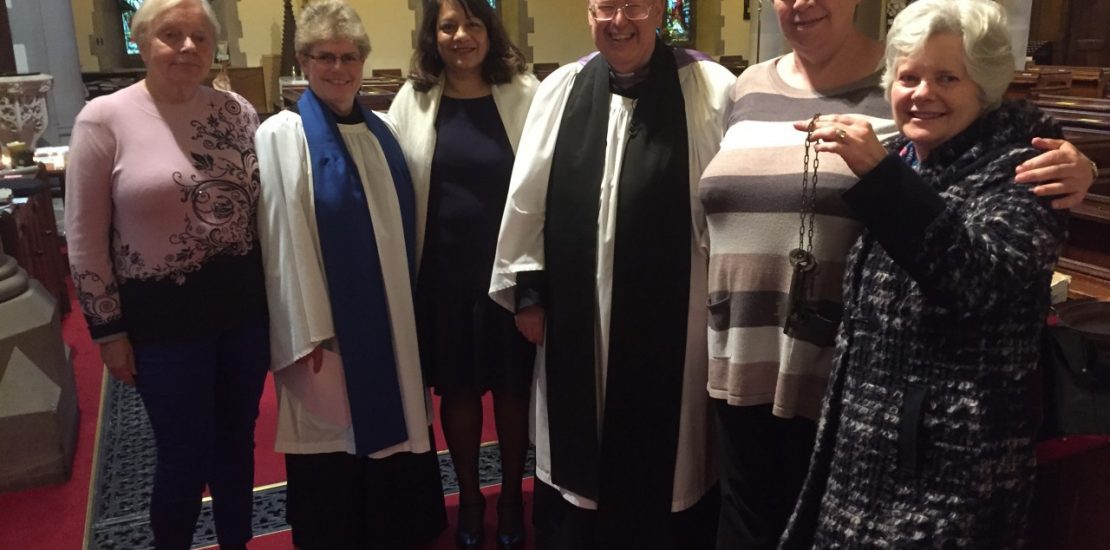- 19/10/2015
- Posted by: Valerie Vaz MP
- Category: News

I was delighted to attend a service celebrated by the Rev Martin Rutter for the Barr Colony as it was known who lived and worked and supported those who were at St Margeret’s Hospital. Many people who were associated with the hospital told the congregation about all aspects of life at the Hospital. In the service notes, Rev Rutter wrote:
“A junior branch of the Scott Family built the Netherhouse in the 1640’s and in 1777 Joseph Scott rebuilt it as Great Barr Hall. The last member of the family living at the Hall, Lady Mildred Scott, died in 1909 and the Hall was then sold.
It was bought in 1911 by the Trustees of the Poor Law for West Bromwich and Walsall and in 1912 became the house to children from the Workhouse.
New units were opened from 1918 to accommodate mental defectives, imbeciles and epileptics. An isolation unit was also provided for consumptive patients.
So began Great Barr Park Colony (Barr Colony for short) and 100 years of caring at Great Barr. This was about pioneering work and Barr Colony became the fourth largest institution in the country.
Training was a key feature with a school for the children and workshops for the adults. In the 1940’s the ‘Dig for Victory’ call saw farming and garden work and the Colony was nearly self-sufficient in many commodities.
In 1938 more buildings were added to accommodate boys and men- the ‘Male Side’, while the former units became the ‘Female Side’.
During the Second World War the American soldiers had a camp on the Pheasey. Part of The Colony then also acted as a EMS hospital for the war wounded and victims of the bombing. The Hospital itself was hit by bombs on several occasions.
After the war, with the setting up off the NHS the site became St. Margaret’s Hospital or ‘Maggies’ that is still remembered by so many today. At its height in 1972 there were 1487 beds, making it the largest hospital in the West Midlands.
With the move to Care in the Community, the Hospital was run down, formally closing in March 1997, although a small number of high-dependency patients remain in Suttons Drive until the present.
Throughout, St. Margaret’s Church offered chaplaincy and lay support. There were services on site and the Church Choir sang carols for the residents. There were Scouts & Guides and a football team. Many families were involved in one way or another.
The Church-Hall link continued strongly in this new era. Many staff and patients were buried in the churchyard. (There were nearly 300 burials between 1948- 1996.) Many of the patients had no family to provide for them and they received a Christian burial but often no headstone to mark the grave. Later on a memorial to such patients was erected on the wall of the churchyard by the Friends of the Hospital.”
One of the stories related to when the Hospital closed. The person was told to close up and leave. She did so and no one collected the keys. The picture shows the keys. We must always remember them particularly the servicemen who came to the hospital for rehabilitation and the tireless work of the staff.


